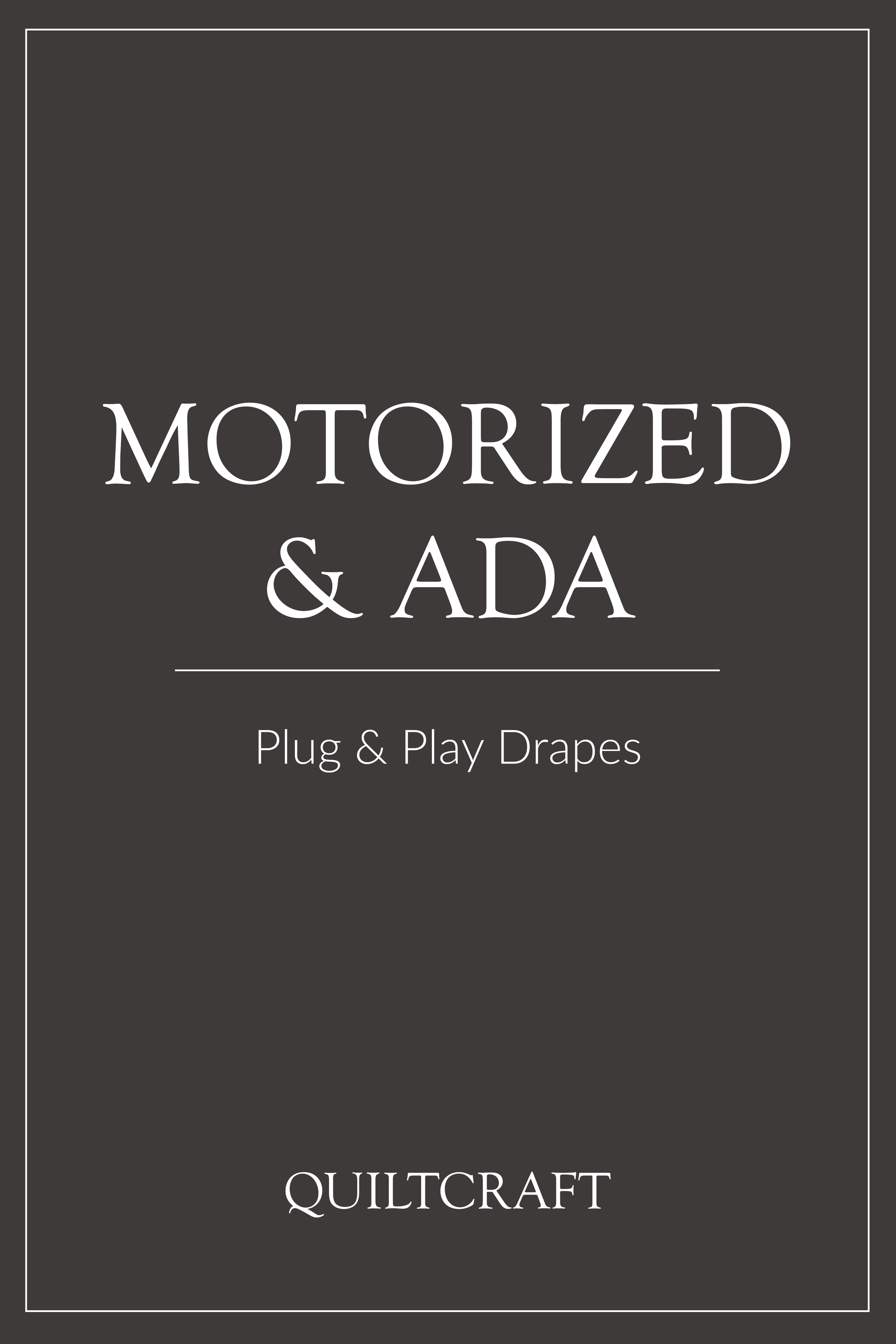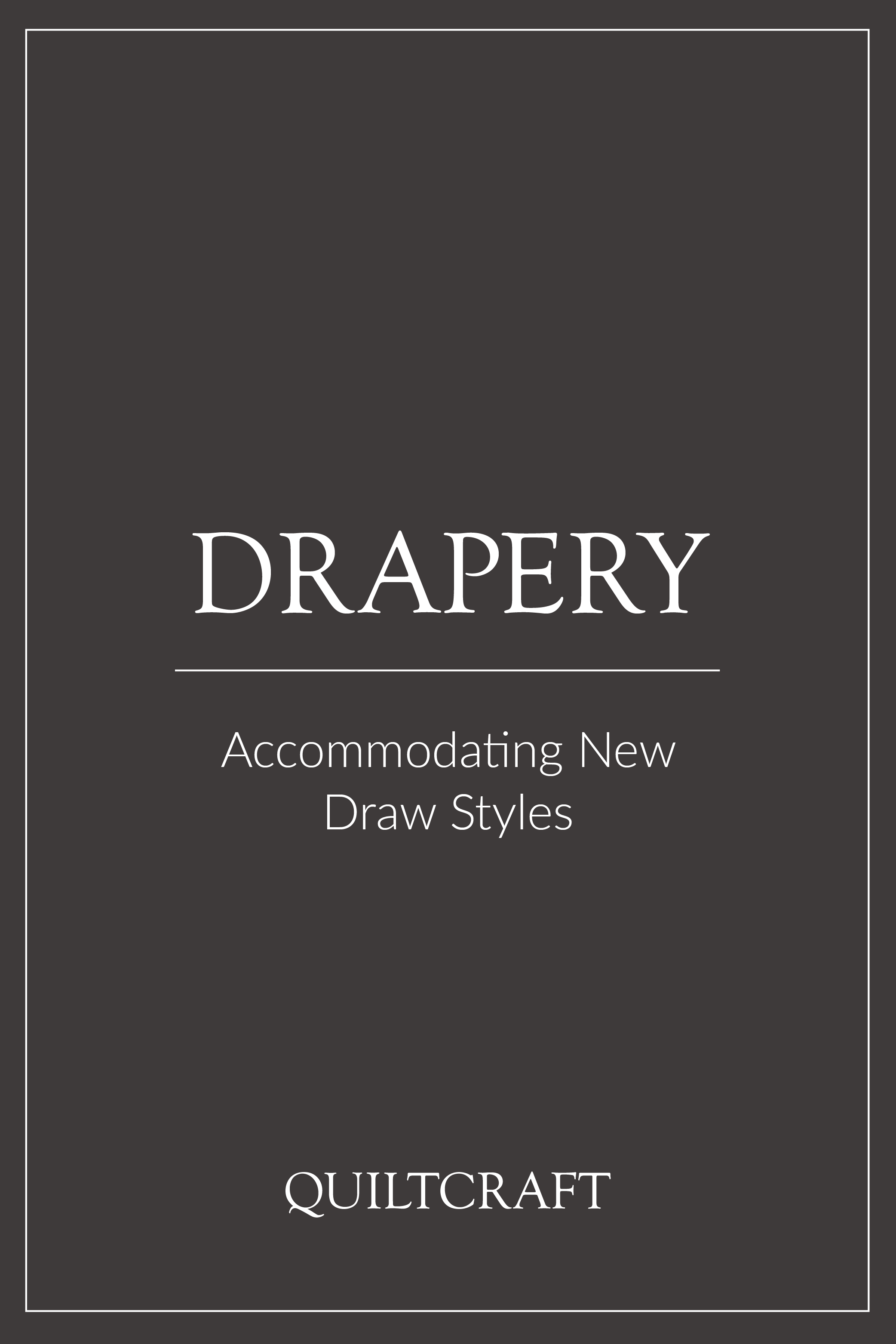Drapery Billowing in Hotels
What is Billowing?
Have you ever been a guest in a hotel and cranked your AC down to the max? Have you ever then experienced the subtle noises throughout the night of drapery blowing out into the room, tapping the glass and continuing like a broken record throughout the night? The sound is usually loud enough to be very disturbing to sleep but not quite obnoxious enough to merit getting up and turning down the AC. Regardless that movement of the drapery into the room is what the industry calls ‘billowing’ and it is a factor we try our best to solve.
Drapery Hardware Spacing
As we have previously discussed in our blog post Drapery Spacing Requirements the spacing of hardware and subsequently drapery treatments are very important. Window treatments require 3” of depth behind and in front of the track to both operate property and hang aesthetically. Therefore, a two-track treatment (with sheer and blackout) will place the front most drapery 6” into the guestroom. Drapery treatments are also specified to finish ½” to ¾” above the finished floor or window sill, minimizing the light escaping below the treatments.
These two factors can have a great impact on the PTAC unit that may sit below treatments. PTAC units are outfitted with louvers that much like your car AC divert air in certain directions. Often times these PTAC louvers are either located on the top or on the front of the unit. If these louvers are located on the top and have inadequate depth behind them (dependent on the number of treatments hanging above the unit as exemplified below) then drapery treatments will often sit directly above the flow of air into the room.
Some Tips To Prevent Billowing
Air that is displaced by the drapery treatments (often trapped behind them) prevents guestrooms from properly cooling and causes this billowing effect of the drapery into the room.
The first two design or building ideals that you should keep in mind are to make sure PTAC units have louvers on the front of the unit, or have them located towards the front edge if they run along the top. This will go a long way in the solving the issue before it ever becomes one. The second ideal is to build out the PTAC from the wall just enough to where the louvers have the adequate depth behind them for the drapery to fall and not hang directly over the louvers.
If neither or these options are possible then a PTAC deflector should be installed. Deflectors may be purchased in various widths, depths and angles. They allow air to properly vent the room without affecting drapery treatments as they live up to their name, deflecting air away from the drapery treatments and therefore eliminating the billowing effect.
Make sure to download our free resource that details Billowing. It’s great to share with fellow specifiers, use in property meetings to educate others or any other place you may find it helpful.
Explore Related Posts









